The vast majority of music listeners out there know Sir Paul McCartney as one of the principal songwriters (and the bassist, obviously) of The Beatles. He’s also known for his illustrious solo career and work with Wings. However, I don’t think his dance with the experimental side of music gets enough love.
Videos by American Songwriter
Surely, though, everyone knows and loves the more experimental works that McCartney put out with The Beatles. In fact, the Fab Four were pretty revolutionary with some of their musical and recording techniques. Just listen to “Revolution 9” or “Tomorrow Never Knows”. Outside of that, I’m talking about the times McCartney got weird all on his own.
Paul McCartney got experimental quite a few times with his music outside of The Beatles, particularly in the 1980s. Let’s explore just a few examples of that oddball experimentation that has historically been a bit polarizing for fans.
Paul McCartney Got Weird in the 80s, and His Experimental Work Was Much More Influential Than One Might Think
Paul McCartney’s career after The Beatles has been a fascinating ride to experience. His Wings hits are still loved today, as well as his solo deep cuts and other side projects. Some of those side projects were very experimental and showcased how fascinated McCartney was with things like new electronics, tape looping, outsider art, and sound collages.
To start, before the 1980s started to encroach, McCartney got weird with “Loup (1st Indian On The Moon)” in 1973. This deep cut from Red Rose Speedway is almost a masterclass in using an early Moog synthesizer. It’s rhythmic, almost spiritual in its groove. This song gets skipped over a lot, and it shouldn’t. McCartney was getting weird with electronica before many new wave artists were able to access synths.
Then there’s “Temporary Secretary”. Honestly, we could talk about the whole of McCartney II. It’s such a delightfully odd little 1980s album. But “Temporary Secretary” is probably the most polarizing song from that album. It’s a weird, DIY electronic track that makes the use of a synth arpeggiator quite obvious. McCartney’s vocals are all over the place. It’s memorable, but not likable to all. I love it, and I think it’s an important track in the history of lo-fi electropop.
There’s also “Check My Machine” and “Darkroom”, another few experimental tracks from McCartney II. After the 1980s, McCartney continued to experiment with sound, notably in his collaboration with Youth (via The Fireman) that yielded Fluid in 1993. Paul McCartney’s experimental phase is something best enjoyed with a solid run-through of McCartney II and Fluid, in my opinion.
Photo by ARTCO-Berlin/ullstein bild via Getty Images
When you purchase through links on our site, we may earn an affiliate commission.


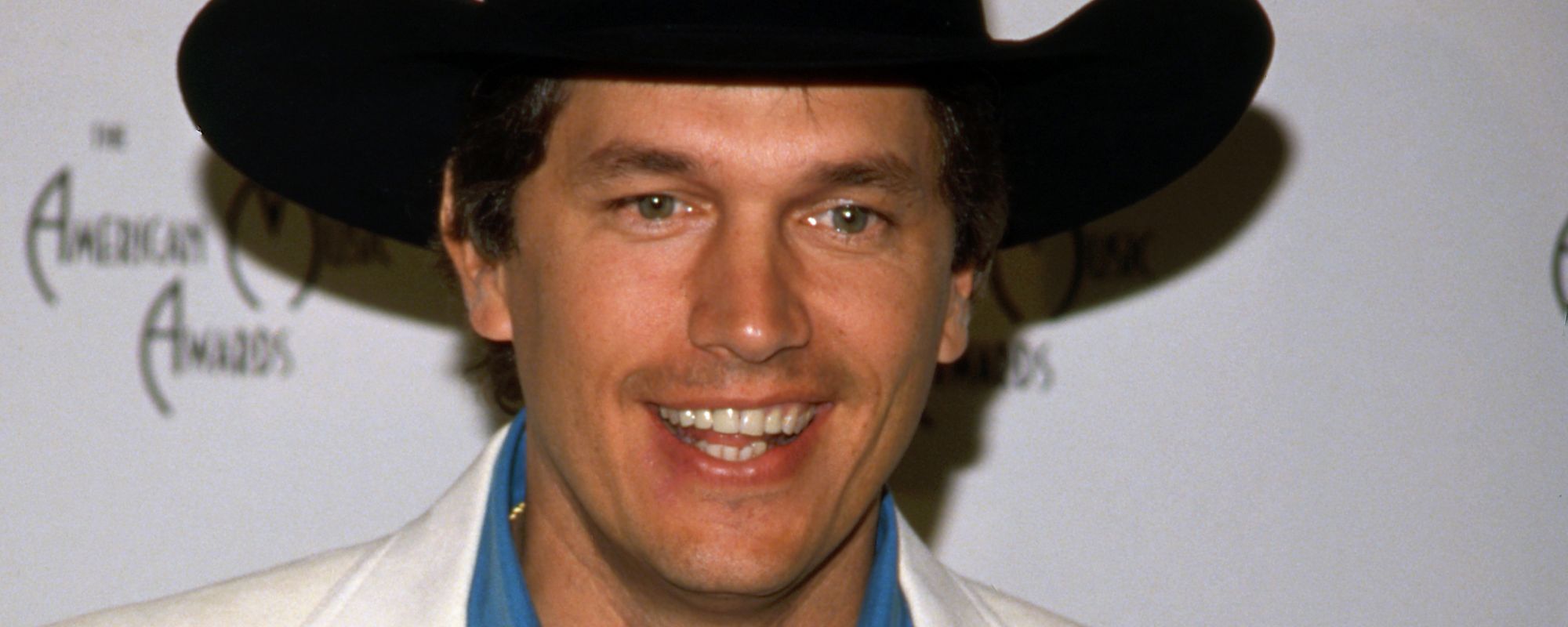
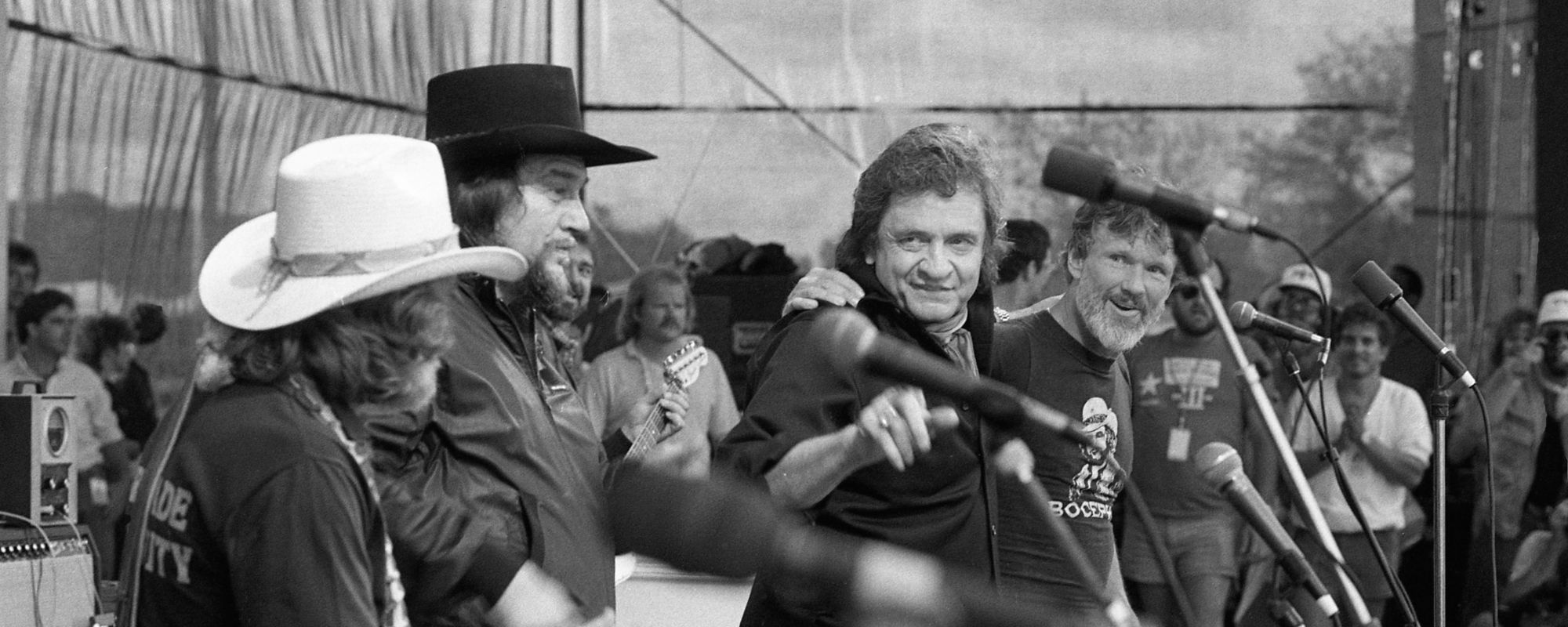

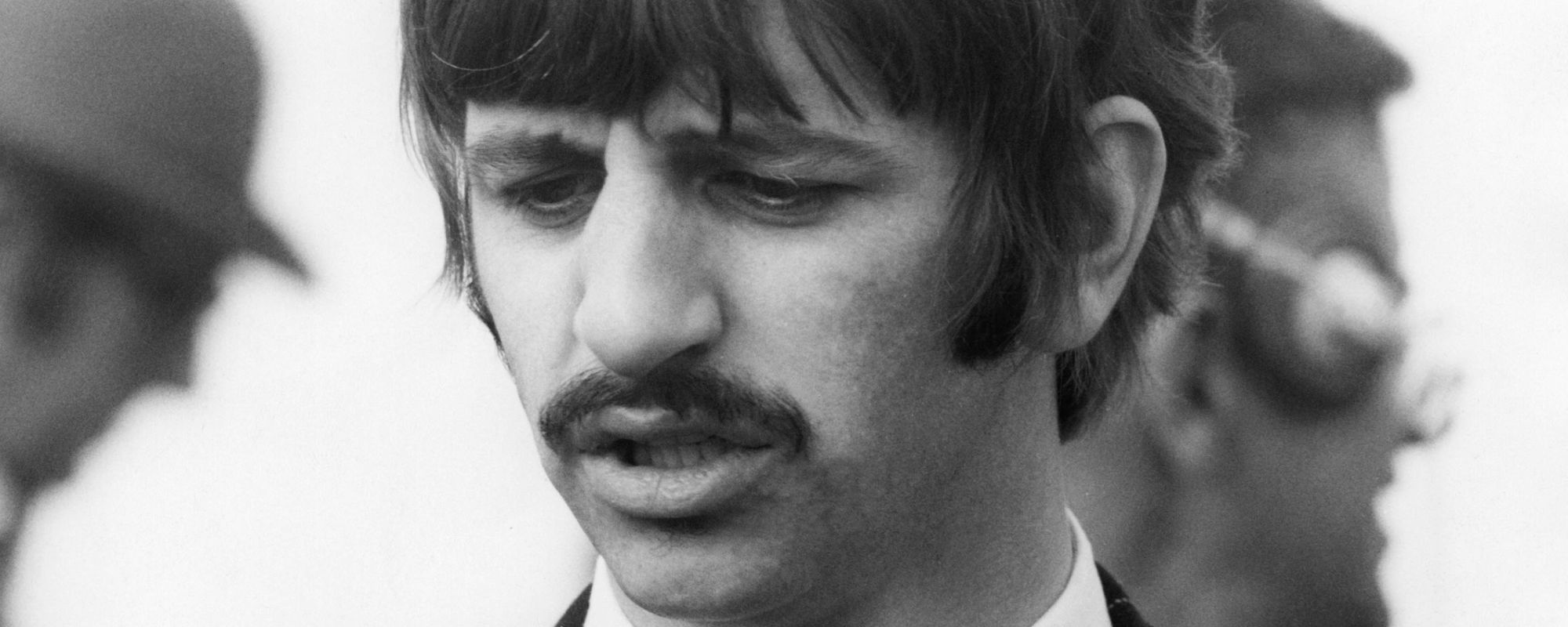

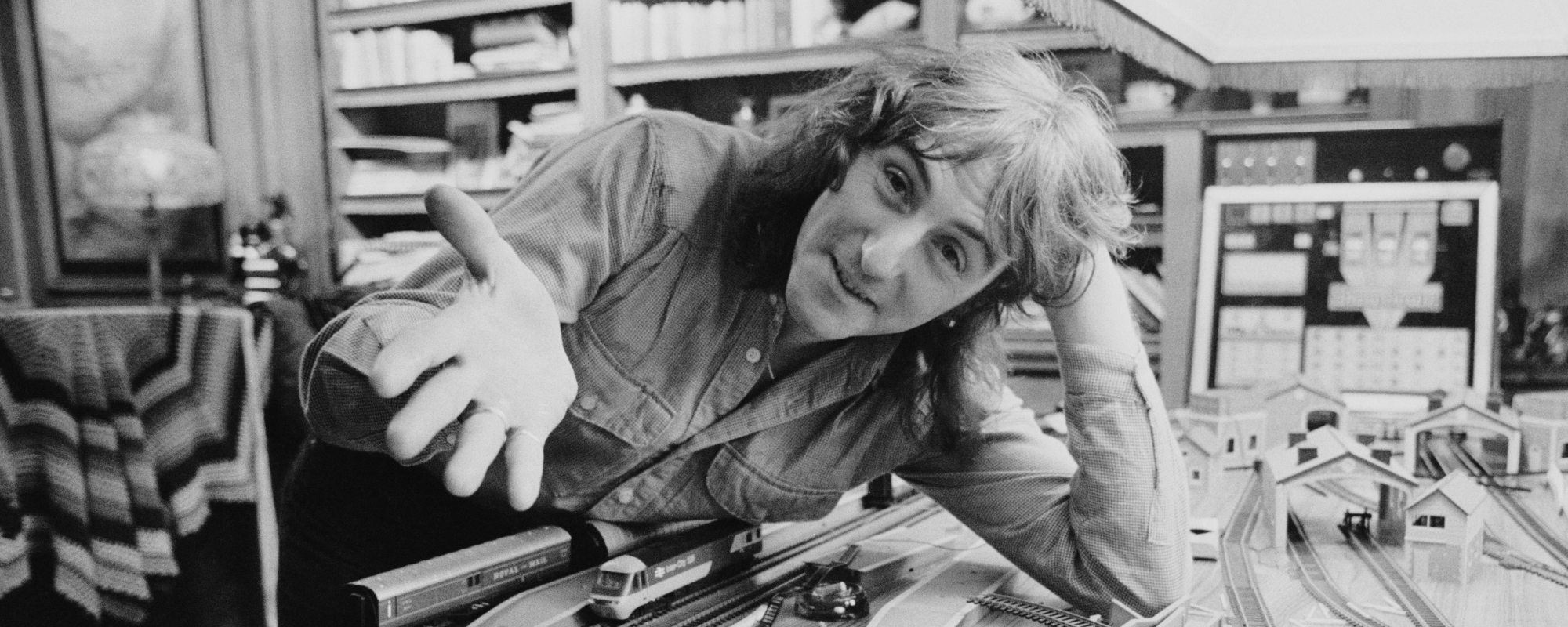

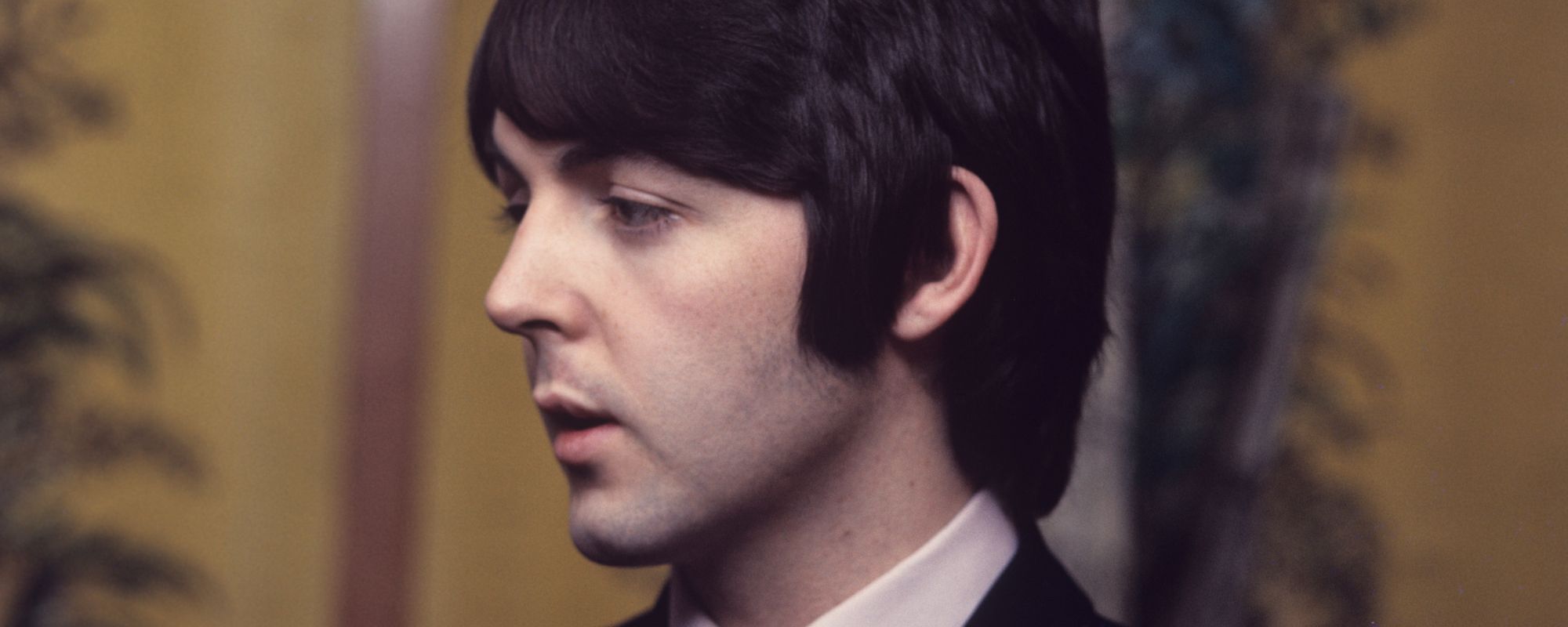


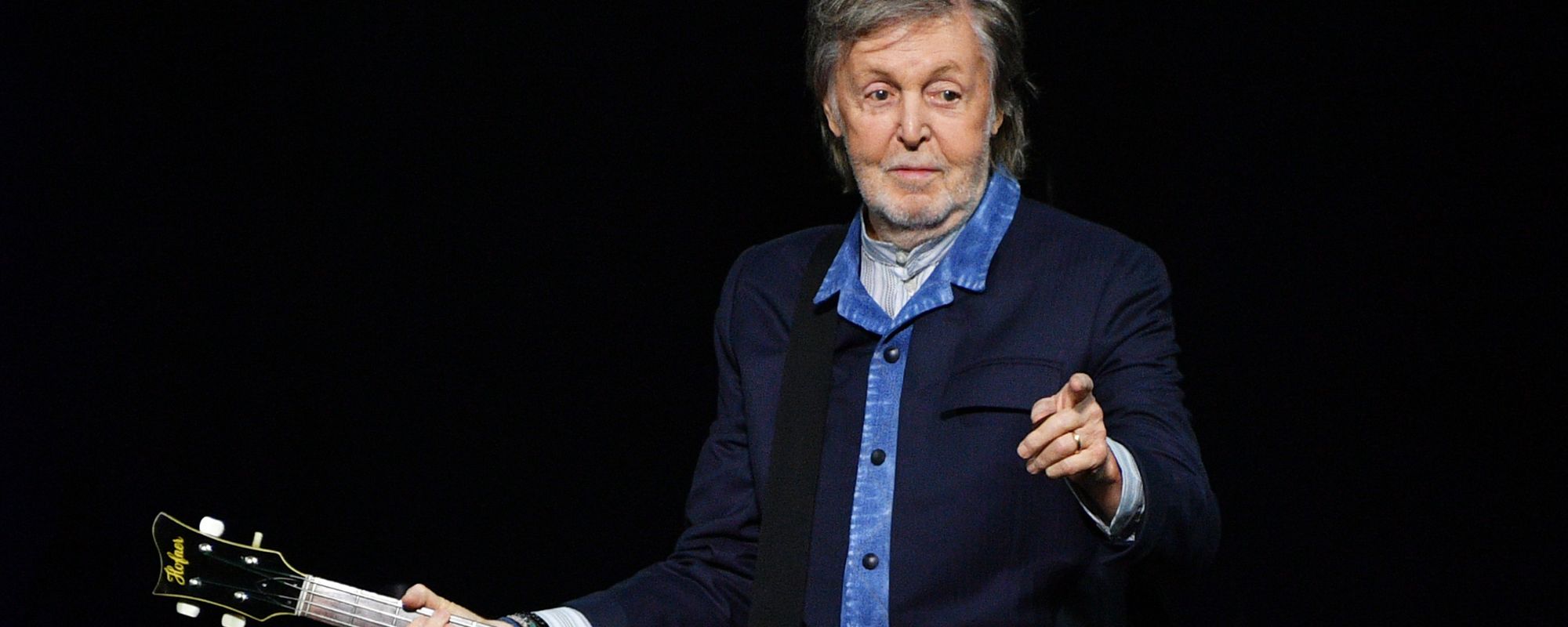
Leave a Reply
Only members can comment. Become a member. Already a member? Log in.